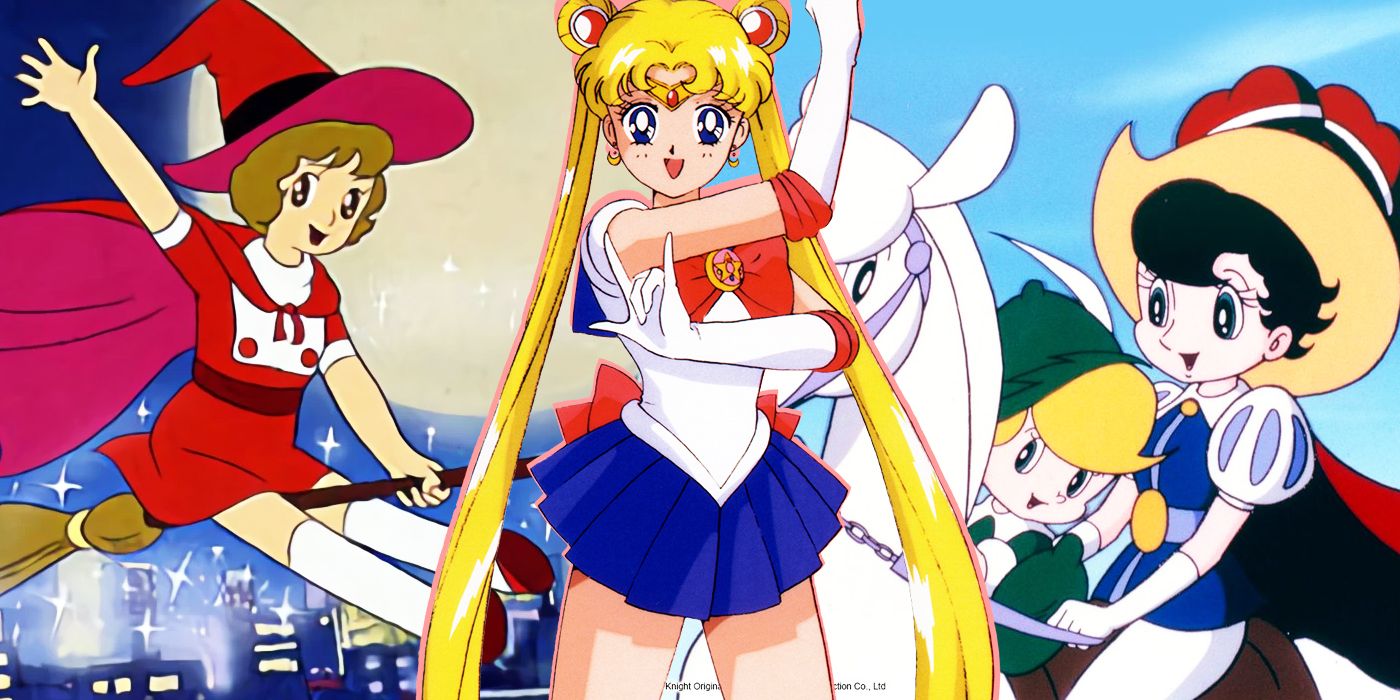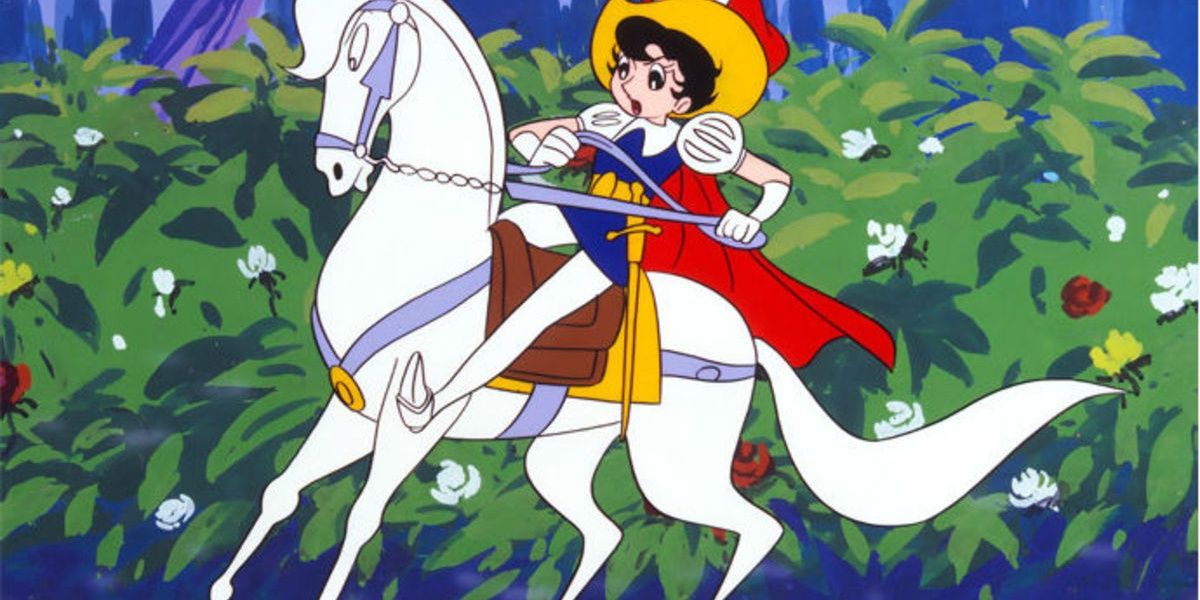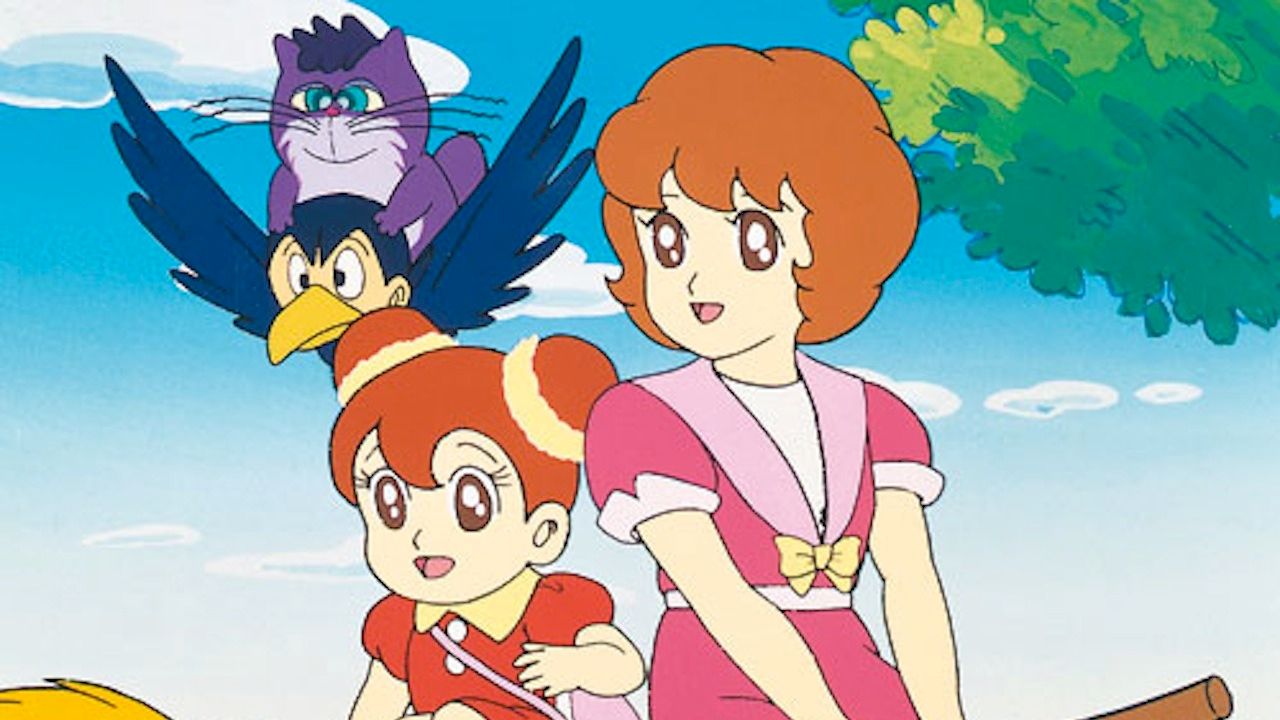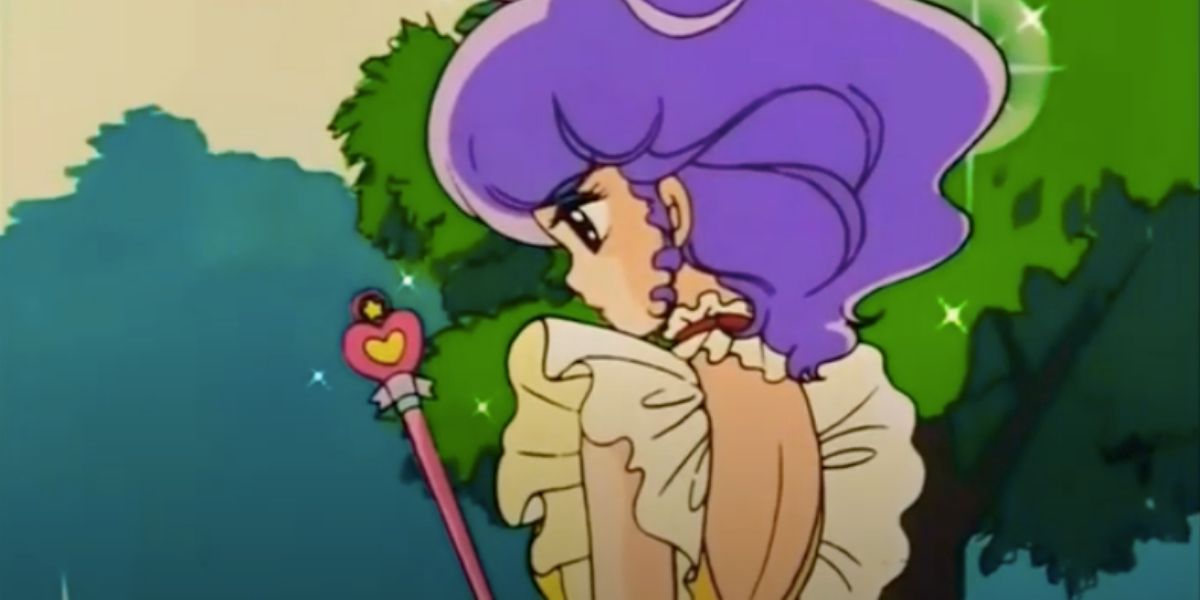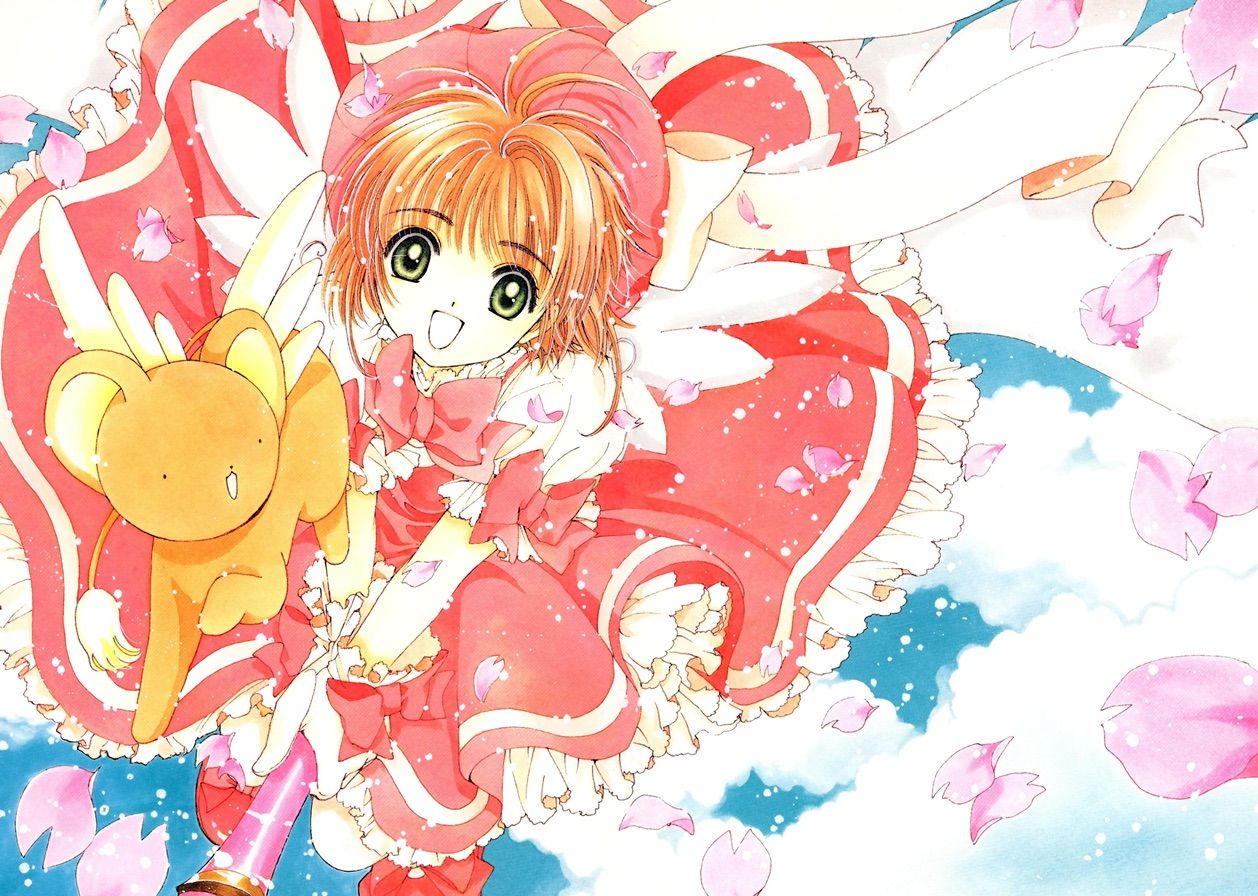Magical girls are a staple in anime, being one of the aspects that's often referenced in Western media. This is in part due to the popularity of Sailor Moon in the 90s and early 2000s.
Sailor Moon became one of the first series to introduce international audiences to the idea of a young girl using magical powers to transform into a superhero and fighting evil. The concept was mind-blowing, but teenagers using magic to solve problems wasn't a new concept in Japan.
The first manga to feature what is considered a magical girl was 1953's Princess Knight, written and illustrated by Osamu Tezuka. The protagonist is a girl named Sapphire, who was born with the heart of both a boy and a girl. To keep the Silverland throne from falling into the hands of the evil Duke Duralumin, Sapphire pretends to be a prince after her father presents her as such. After God sends angel-in-training Tink to take Sapphire's boy heart, the two begin a friendship and try to protect Silverland from those who would ruin it.
On top of everything else, Sapphire fights crime at night under the identity of Phantom Knight while wearing a mask. While it's not a magical girl series in the modern sense, and doesn't use magic to solve Sapphire's problems, Princess Knight paved the way for later series to build on and is considered highly influential for the genre.
In the 60s, Sally the Witch would premiere. This anime followed the daily life of the titular Sally, a witch princess who is teleported to the mortal world and uses her magic powers to solve problems. The series was inspired by the American sitcom Bewitched. Sally would try to keep her magic a secret, much like Bewitched's Samantha. Sally the Witch would be the first animated series that would feature an actual magical girl as the term is used today.
Toei Animation would continue to build on the premise in the 70s, producing what would be known as the Majokko Series. Meaning "little witch," the genre would be the main proponent of girls using magic and would coincide with the growing women's liberation movement in Japan at the time.
Cutie Honey was considered a shonen sci-fi series with a female protagonist rather than a shoujo series at the time. Now, retrospectively, it's considered a magical girl series. As the 80s began, Toei would once again take the reins and create the first official "magical girl" or, mahou shoujo, with Lalabel, the Magical Girl. Soon after, other studios would begin producing their own magical girl series and the majokko genre would fade out.
Creamy Mami and Magical Princess Minky Momo would be the two series that would catapult the magical girl genre into the mainstream consciousness. The popularity of both titles would lead to a crossover that would see both protagonists partaking in a magical battle against each other.
This popularity would grow further in the 90s with Sailor Moon's broadcast. It would be the first series to combine the transformation, crime-fighting aspect of shows like Super Sentai and ideas that were traditionally associated with girls like romance. It would also be the first series to feature a team of magical girls rather than a singular one. This idea would be further expanded on by other series such as Ojamajo Doremi.
Cardcaptor Sakura would also become extremely popular, even among male fans, and would popularize the idea of moe. The genre continued to grow in popularity as the new millennium began. With this new popularity and the rise of late-night anime, more magical girl series would begin to try to appeal even more to the male demographic, such as Magical Girl Lyrical Nanoha.
This would further lead to the idea of exploring darker, more mature ideas like death. Series like Puella Magi Madoka Magica and Day Break Illusion would try to tackle these topics with varying degrees of success. Eventually, the genre would come full-circle as series featuring witches as protagonists became popular with the success of Little Witch Academia.
The success of the magical girl genre is in part due to the empowering messages and themes the different series would promote to young girls. Characters like Sailor Moon spoke to young girls since they wouldn't have to pick whether they wanted to be seen as powerful or feminine; they could be both. There's also the escapism that these series offer for fans, as the idea of using magic to solve even mundane problems is something many people can resonate with. Magical girls, and later the inclusion of magical boys, allow audiences to escape the mundanity of reality, even for a little while.

